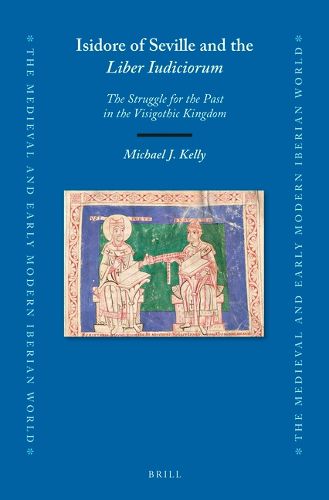Readings Newsletter
Become a Readings Member to make your shopping experience even easier.
Sign in or sign up for free!
You’re not far away from qualifying for FREE standard shipping within Australia
You’ve qualified for FREE standard shipping within Australia
The cart is loading…






Isidore of Seville and the Liber Iudiciorum establishes a novel framework for re-interpreting the Liber Iudiciorum (LI), the law-code issued in Toledo by the Visigothic king Recceswinth (649/653-672) in 654. The LI was a manifestation of a vibrant dialectical situation, particularly between two networks of authority, Isidore-Seville and Toledo-Agali, a defining characteristic of the discourse coloring the fabric of writing in Hispania, c. 600-660. To more fully imagine the meaning, significance and purposes of the LI, this book elicits this cooperative competition through a series of four case-studies on writing in the period. In addition to offering an alternative historiography for the LI, this book expands the corpus of Visigothic Literature and introduces what the author refers to as Gothstalgie.
See inside the book.
$9.00 standard shipping within Australia
FREE standard shipping within Australia for orders over $100.00
Express & International shipping calculated at checkout
Isidore of Seville and the Liber Iudiciorum establishes a novel framework for re-interpreting the Liber Iudiciorum (LI), the law-code issued in Toledo by the Visigothic king Recceswinth (649/653-672) in 654. The LI was a manifestation of a vibrant dialectical situation, particularly between two networks of authority, Isidore-Seville and Toledo-Agali, a defining characteristic of the discourse coloring the fabric of writing in Hispania, c. 600-660. To more fully imagine the meaning, significance and purposes of the LI, this book elicits this cooperative competition through a series of four case-studies on writing in the period. In addition to offering an alternative historiography for the LI, this book expands the corpus of Visigothic Literature and introduces what the author refers to as Gothstalgie.
See inside the book.